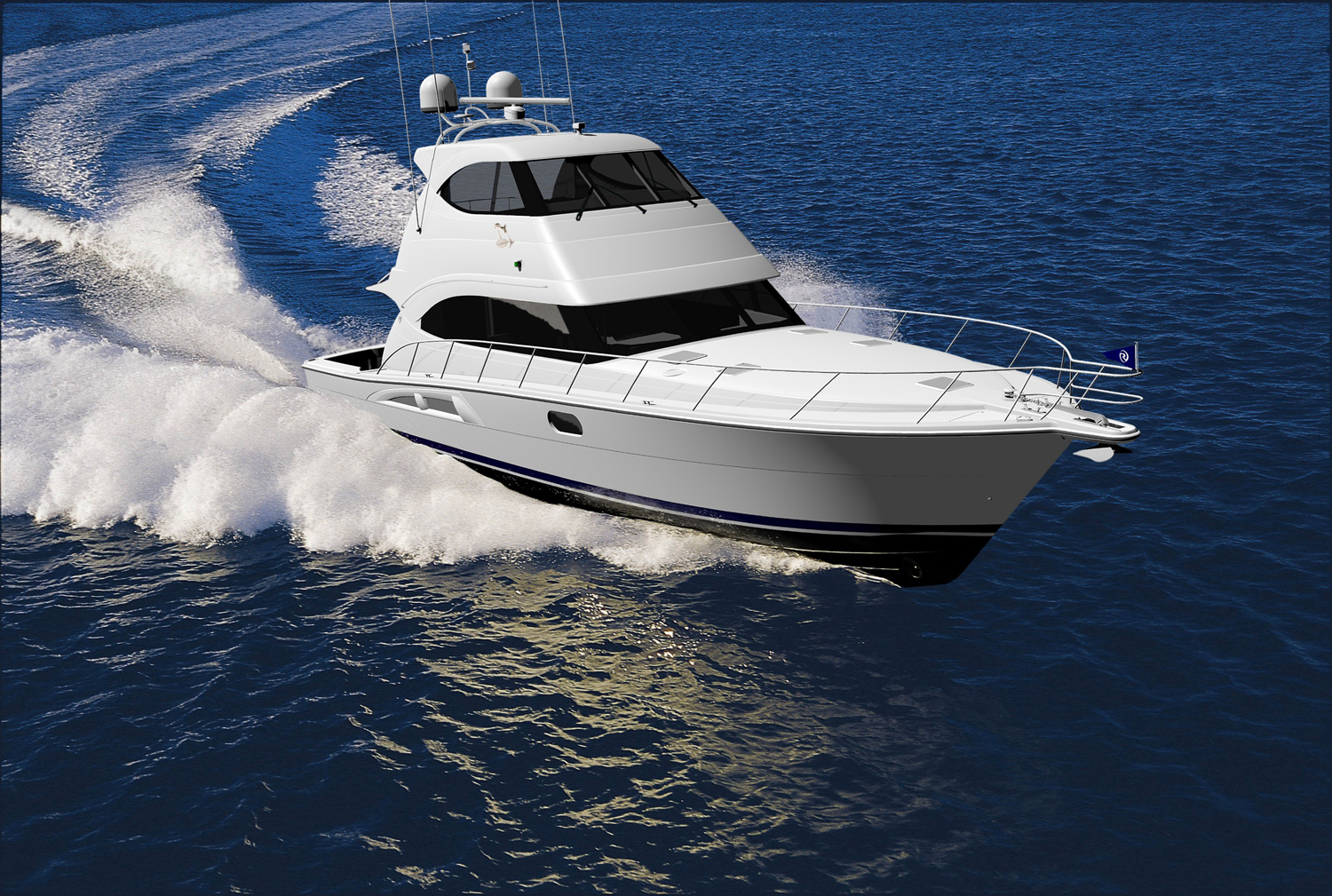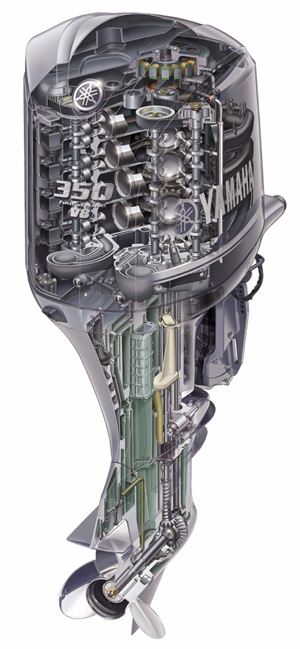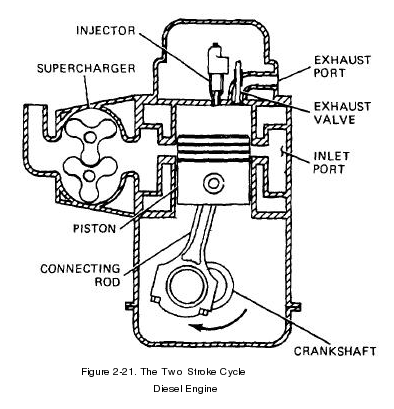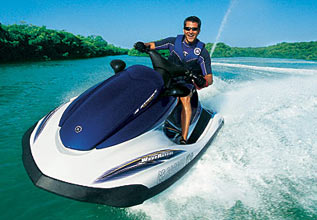The Future of Outboards: Ethanol Blended Fuel

The EPA has mandated that the use of increased renewable resources must be used in motor oils. Throughout the U.S., ethanol is the most widely available renewable fuel that can be added to conventional gasoline without significant changes. But unfortunately, in a marine environment, ethanol-blended fuels can cause potential damage to outboard engines. Throughout the marine industry, many companies are working towards ways to mitigate the negative effects of ethanol-blended fuel. The EPA wants to increase the ethanol blend wall in gasoline from 10% to 15%, but most older outboard motors cannot function with a ratio higher than 10%. Building compatible outboards for fuel containing 15% ethanol is possible, but there are a lot of older outboards that won’t be able to accommodate the new fuel blend without ill effects. The EPA hasn’t put a formal law in place that would require an E15 fuel blend, but it seems to be on the horizon.
One possible solution is for companies to create outboard oil that would counter the effects of using an E15 fuel on older engines. This outboard oil could prevent damage caused to the engine, and allow older boat engines to continue functioning.











